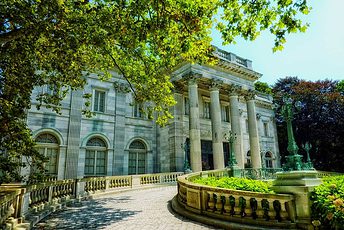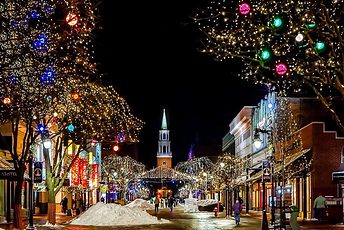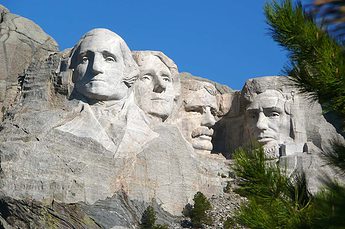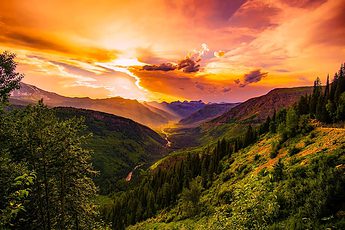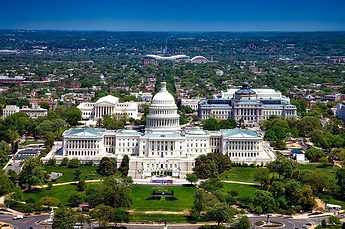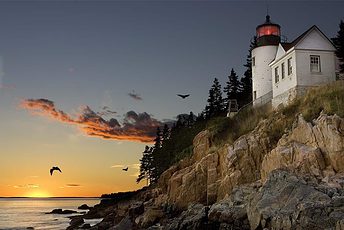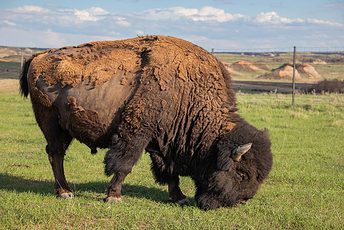South Carolina doesn't try to impress you with flash. It doesn't need to. What it offers instead is texture, quiet confidence, and time to notice it all.
Long drives end in waterfront towns that haven't changed much in 40 years. Mornings start slow - coffee, porch, birdsong.
But scratch the surface, and it's busy: oyster roasts, barrier island trails, and towns rebuilding old rail depots into something useful again.
If you're searching for things to do in South Carolina, that search won't look the same for any two people. That's the point. The choices are more grounded here.
Everyday Leisure in the Palmetto State
What locals do with their free time in South Carolina says a lot about the place. They fish, they walk, they gather.
Along the coast, it's common to see skiffs drifting through marshes near Edisto or Georgetown before 8 a.m.
And the beaches don't empty in November. Why would they? The air's still good, and the light stays low all day.
Further inland, towns like Aiken and Newberry organize seasonal events that don't make headlines but bring out crowds.
Greenville's Swamp Rabbit Trail sees a steady stream of walkers, cyclists, and dogs year-round.
Columbia's Saluda Shoals Park offers rental kayaks and access to quiet stretches of river not far from I-26.
Then there's history - always close by. Fort Moultrie sits with its cannon lines facing the water, much like they did in 1776.
Old rice fields off Highway 17 are still visible from the road, especially near the ACE Basin. People don't rush here.
The list of things to do in South Carolina is long but unforced. What happens on a Saturday afternoon might feel small, but it sticks with you.
10 best places to visit in South Carolina for your next vacation
- Broadway at the Beach
- South of the Border Motor Inn
- Historic Charleston City Market
- Riverbanks Zoo & Garden
- Ripley's Aquarium of Myrtle Beach
- Falls Park on the Reedy
- Joe Riley Waterfront Park
- Coligny Beach Park
- Angel Oak Tree
- Patriots Point Naval & Maritime Museum
| Category | Example Locations | Activity Type | Best Time to Visit | Notes |
|---|---|---|---|---|
| Coastal Beaches | Folly Beach, Isle of Palms, Edisto | Walking, Swimming | Late Spring-Fall | Limited development on some islands, quieter access at Edisto |
| Historic Harbors | Georgetown, Charleston Harbor | Boat Tours, Museums | Year-round | Fort Sumter ferry runs from Charleston's Liberty Square |
| Cultural Heritage | St. Helena Island, Penn Center | Educational, Self-guided | Year-round | Ties to Gullah-Geechee history, active programming |
| Lakes and Reservoirs | Lake Murray, Lake Jocassee | Fishing, Boating | Spring-Fall | Permits often required, cabins at Devils Fork fill quickly |
| National Park | Congaree National Park | Hiking, Canoeing | Fall-Spring | Old-growth forest, boardwalks, few amenities |
| Mountain Trails | Foothills Trail, Sassafras Mountain | Hiking, Overlooks | September-October | Sassafras observation tower rebuilt in 2019 |
| State Parks | Caesars Head, Jones Gap | Waterfalls, Hiking | Spring-Fall | Part of Mountain Bridge Wilderness Area |
| Revolutionary History | Historic Camden | Trails, Site Tours | March-November | Redoubt reconstructions, trail signage follows battle campaigns |
| Reconstruction Sites | Brick Baptist Church, Beaufort area | Walking, Historic Tours | Year-round | Connected to Port Royal Experiment history |
| College Towns | Columbia, Clemson, Spartanburg | Sports, Events | September-April | Event schedules tied to academic calendars and sports seasons |
| Fairs and Festivals | Rock Hill, Greenville, Aiken | Music, Food, Racing | October (most) | Seasonal timing, some events require advance ticketing |
Coastal Walks, Working Harbors, and Long Islands
South Carolina's coastal edge isn't uniform. It shifts from flat, accessible beaches to quiet inlets shaped by the tide and wind.
Folly Beach, southeast of Charleston, is one of the more casual entries. It is a place where fishing, surfing, and pier walking run side by side.
The Isle of Palms, connected by a single bridge from Mount Pleasant, has a more regulated beachfront with rental houses lined up block to block.
And Edisto Island sits further off the grid, with roads edged in live oak and no hotel chains in sight.
Georgetown's harbor tells a different story.
Founded in 1729, it's the state's third-oldest city and once moved more rice than any port in the U.S. Today, its boardwalk runs along the Sampit River, past docks still used for shrimping and small craft.
Charleston Harbor, to the south, holds Fort Sumter, where artillery fire on April 12, 1861, began the Civil War.
Access to the island runs on a fixed ferry schedule from Liberty Square.
In Beaufort County, St. Helena Island offers cultural stops tied to Gullah-Geechee history.
The Penn Center, established in 1862 as one of the first schools for freed slaves, still holds educational programming and public exhibits.
Visitors looking for what to see in South Carolina that connects land, history, and culture often find this area hard to skip.
Further up the coast, Myrtle Beach's fishing piers - like Apache Pier and 2nd Avenue Pier - offer daily access with gear rentals and are open sunrise to sunset most days.
Huntington Beach State Park, a bit south, protects three miles of shoreline and the Atalaya Castle, once the winter home of industrialist Archer Huntington and sculptor Anna Hyatt Huntington.
That Moorish-style structure, completed in 1933, stands intact.
It's not interactive or filled with exhibits. It's quiet. Visitors walk through rooms and courtyards at their own pace.

Inland Waters and the Quiet of Lake Edges
Water defines more than the coastline here. Inland lakes serve as long-term gathering points - many built mid-century, some earlier, most by dam.
Lake Murray, west of Columbia, was completed in 1930 when Saluda Dam was finished.
At full pool, it covers roughly 50,000 acres and touches four counties.
On any given weekend, its boat landings show a mix of trailer trucks, pontoons, and slow-trolling anglers.
Bass tournaments run here under organized permits, often with weigh-ins near Dreher Island.
Lake Jocassee, to the northwest, was filled in 1973.
Its shoreline touches the edge of the Jocassee Gorges, a region flagged in a 2012 National Geographic study as one of 50 remaining "Last Great Places." The water here is deeper and clearer than most Carolina lakes, fed by mountain rivers.
Public access is through Devils Fork State Park, which has kayak rentals and basic cabins.
South of there, Lake Keowee has grown into a base for water sports and real estate.
Keowee-Toxaway State Park offers a quieter entry point.
Meanwhile, the Congaree River has a different identity - it is narrower, wilder, and tied to the floodplain forest. It feeds directly into Congaree National Park.
That area, once considered for logging in the 1970s, was protected instead. In 1976, it became a national monument, and in 2003, it was upgraded to a park.
Most movement here is by foot or paddle. Trails follow boardwalks and oxbow lakes, and the park's namesake trees stretch well over 100 feet.
For those mapping out what to do in South Carolina that doesn't rely on crowd-facing tourism, the lake network and slow-moving rivers create a working alternative.
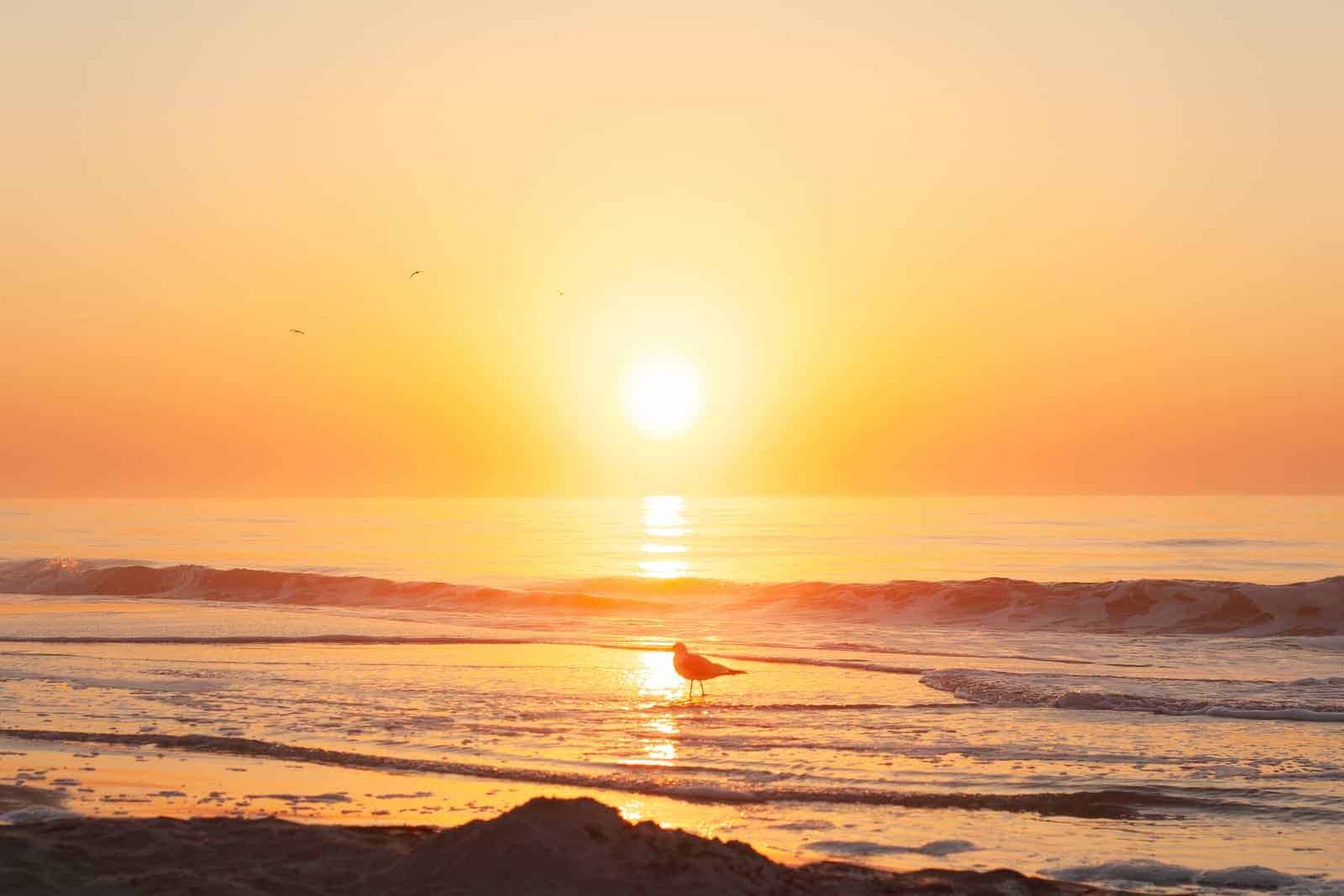
Trails, Ridges, and Appalachian Overlooks
The northwest corner of South Carolina meets the edge of the Blue Ridge Mountains.
It isn't high country in the usual sense, but the change is sharp.
Elevation climbs quickly, and so do trail grades. The Foothills Trail stretches 77 miles, threading through Oconee and Pickens counties.
It starts at Oconee State Park and ends at Table Rock, with climbs like Sassafras Mountain standing in between.
That peak, at 3,560 feet, is the highest in the state.
A new observation tower opened at the top in April 2019, replacing an earlier platform damaged by weather.
Jones Gap and Caesars Head are located inside the Mountain Bridge Wilderness Area, which contains over 11,000 acres of preserved land.
Trails in this area lead to waterfalls like Raven Cliff Falls, dropping over 400 feet from rock ledges into the forest below.
These aren't crowded paths. Cell signal fades quickly.
Most routes are marked by color-coded blazes, and several follow creek beds or ridgelines with rapid elevation change.
October tends to be the busiest season. Fall color peaks in the second half of the month, especially at altitudes over 2,500 feet.
The air cools fast, and first frosts often arrive before the end of the month.
For visitors looking for places to visit in South Carolina that aren't on a beach or marked by Civil War history, this region presents an entirely different setting.
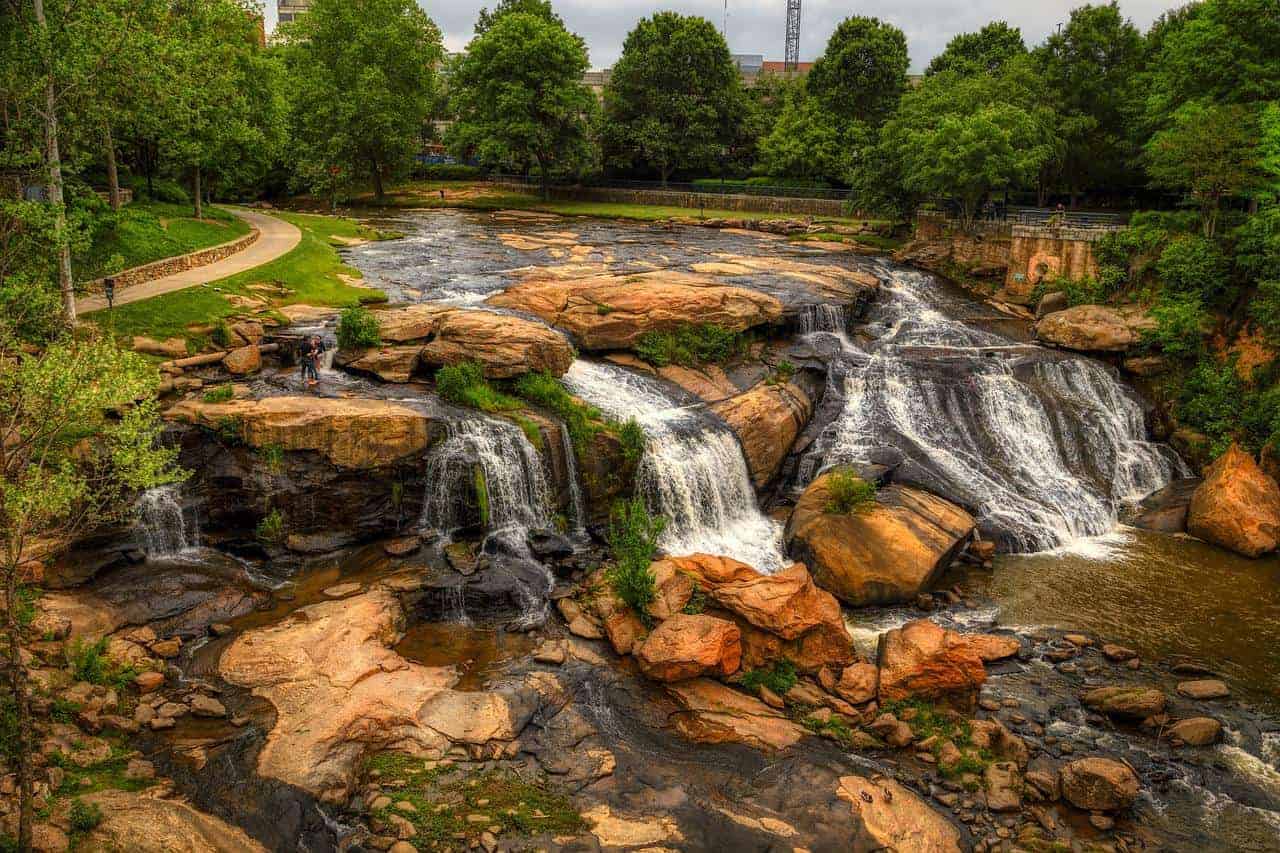
Places Where History Sits in Plain Sight
South Carolina's history doesn't lean on a single era.
It folds together war sites, preserved homes, and city streets shaped before zoning laws existed.
Camden, founded in the 1730s, holds one of the country's oldest inland settlements and was central to the Southern Campaign of the Revolutionary War.
The Historic Camden site offers redoubt reconstructions and trails lined with signage that follow British and Patriot troop movement in 1780 and 1781.
In Charleston, the Historic District spans over 800 acres.
Buildings reflect Georgian, Federal, and Greek Revival design, many dating before 1850.
Walking tours follow zoning overlays set after Hurricane Hugo in 1989, which reshaped local preservation efforts.
The Old Slave Mart Museum, on Chalmers Street, operates inside a former slave auction house and opened to the public in 2007 under the City of Charleston.
It remains one of the few museums in the U.S. located on a confirmed auction site.
Beaufort County preserves parts of Reconstruction history largely untouched elsewhere.
The Brick Baptist Church on St. Helena Island, built in 1855, was taken over by formerly enslaved residents in the 1860s and remains active.
The Port Royal Experiment, which began here in 1862, attempted to teach freed slaves self-governance and land management - an effort later studied by federal policymakers.
In Columbia, the South Carolina State Museum opened in 1988 inside a textile mill from 1894.
Exhibits cover industrial, cultural, and natural history, with collections rotating every few months.
For those scanning for what to see in South Carolina that grounds current landscapes in former eras, these aren't symbolic gestures - they're standing structures and marked trails.
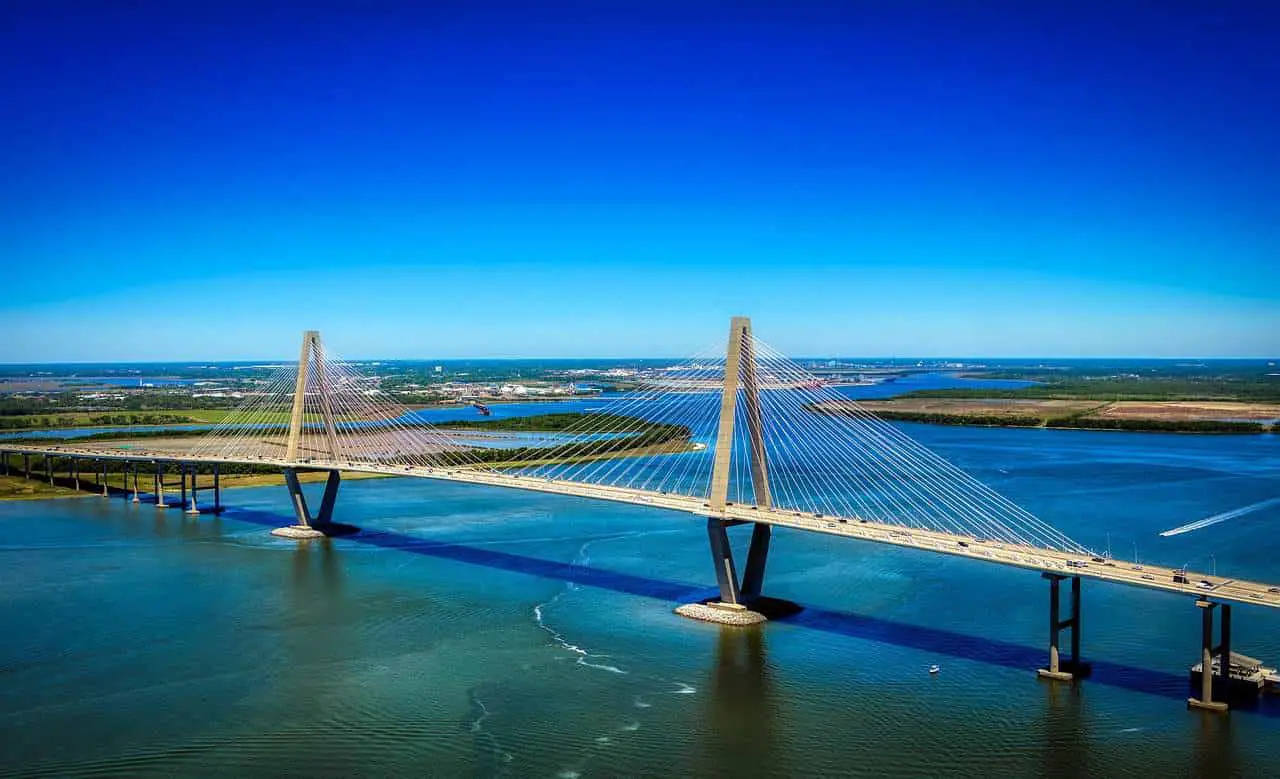
Town Squares, Academic Calendars, and Small-Festival Time
Time in South Carolina isn't only shaped by nature.
It also runs on academic calendars, fairground setups, and block-by-block downtown planning.
Columbia's events are built around the South Carolina State Fair, which dates back to 1869 and has run every October since moving to its current site near Williams-Brice Stadium.
On college football Saturdays, streets near the university stretch into tailgate zones and full parking closures.
In the northwest, Clemson brings in weekend traffic around Memorial Stadium, known locally as Death Valley.
Its official capacity, 81,500, makes it one of the largest in the ACC.
Game days here shift the entire town's pacing, and fall calendars shape up accordingly.
Aiken, founded in 1835, centers its spring around the Aiken Steeplechase.
That event has run under the National Steeplechase Association since 1930, with sanctioned races and temporary seating set up at the Aiken Horse Park.
Spartanburg's Music on Main takes a different shape - it is shorter, more frequent, and built around weekly summer concerts.
Main Street closes to traffic for Thursday evenings from April to July.
October brings Rock Hill's International Festival, which has been active since 1984. At this festival, cultural groups set up booths tied to consulates, student programs, or family foundations.
In Greenville, Fall for Greenville runs three days in mid-October and pulls dozens of food vendors onto blocked-off downtown streets.
For those looking into where to go in South Carolina that combines a fixed location with short-term timing, the festival cycle adds another layer.
The calendar, not the coastline, drives it.
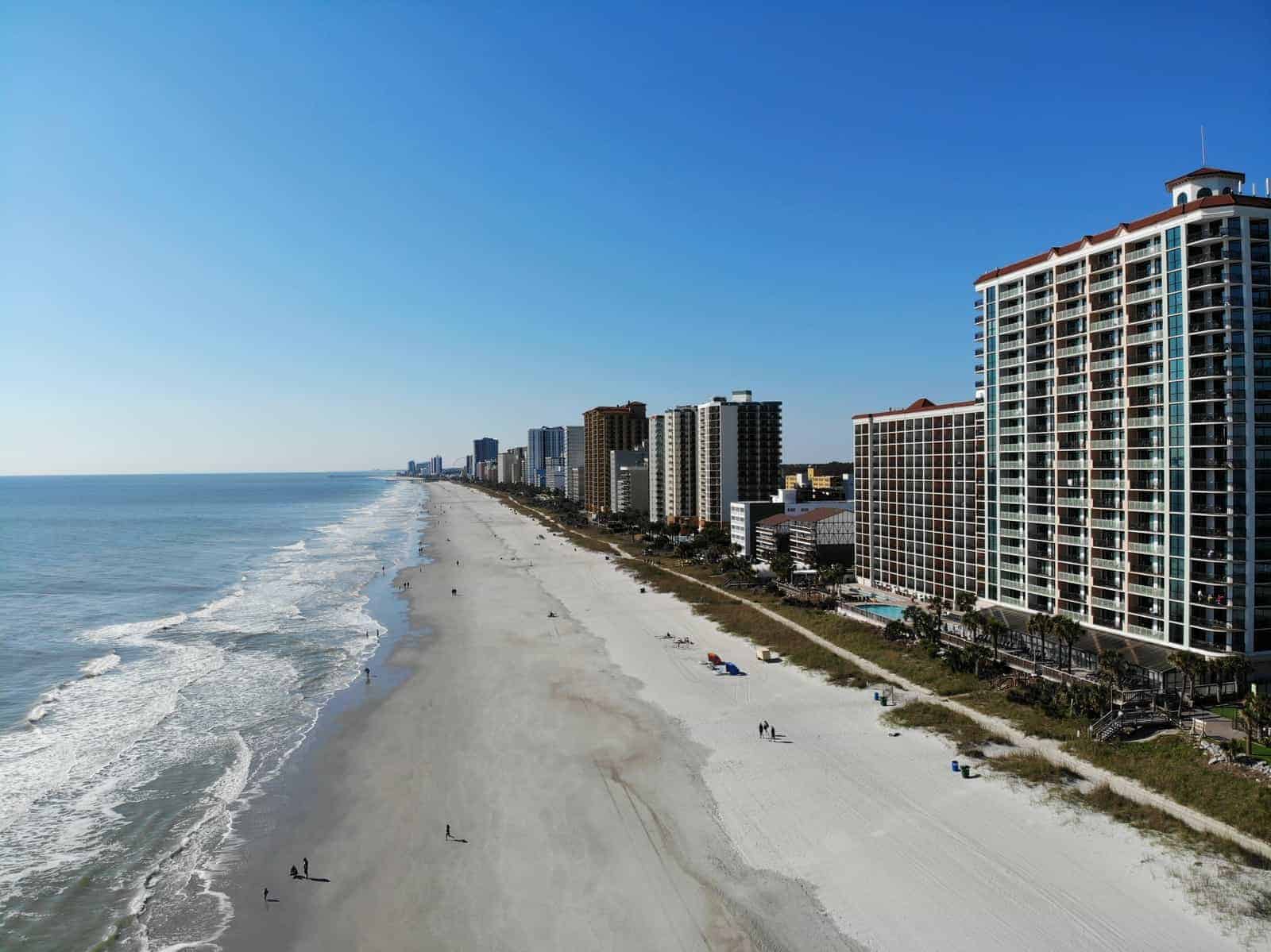
FAQ: Things to Do in South Carolina
What is the number one attraction in South Carolina?
Charleston's historic district. It doesn't shout - but it doesn't have to. Brick alleys, 18th-century houses, salt air off the harbor. You walk a few blocks, and the place starts telling its story without needing a guide.
What is South Carolina best known for?
The coast. That's the short answer. Barrier islands, live oaks leaning over roads, towns where seafood's still hauled in daily. From beach weeks to slow drives through marsh country, it starts with the shoreline and works inward.
What is the prettiest place in South Carolina?
The ACE Basin has tidal creeks, flat light, and long stretches without fences or noise. It's one of the few spots on the East Coast that still feels untouched, on purpose.
Why do tourists go to South Carolina?
Because there's room to move. Beach mornings, battlefield afternoons, live music on a Tuesday. It doesn't follow a theme. It just works - casual, layered, and grounded in the places that built it.
Where do people vacation in South Carolina?
Myrtle Beach pulls the numbers. Charleston brings depth - history, food, and streets that don't feel planned by the grid. Hilton Head draws those looking to slow down and stay awhile.
What is South Carolina's famous food?
Barbecue, mustard-based. Shrimp and grits that hold up without needing an explanation. Pimento cheese that shows up where you didn't expect it. Simple, direct, and still tied to where it came from.
What is the most visited city in South Carolina?
Charleston. By far. People come once, then start planning the second trip before they leave. It stays with you, long after the flight's landed or the drive's over.
🌐 Essential Travel Resources for South Carolina
Planning a trip to South Carolina? Here's a curated list of reliable, easy-to-navigate resources to help you get started:
🏞️ Official Tourism & Parks
- Discover South Carolina
The state's official tourism site. Offers travel ideas, itineraries, and regional highlights. - South Carolina State Parks
Explore all 47 state parks - from the mountains to the coast - with maps, camping info, and seasonal alerts.
🌆 Regional & City Travel Guides
- Charleston Area Convention & Visitors Bureau
In-depth look at Charleston's historic sites, events, restaurants, and walking tours. - Visit Myrtle Beach
Beach town planner covering accommodations, activities, events, and deals. - Hilton Head Island Visitor & Convention Bureau
It focuses on golf, beaches, biking, and family-friendly things to do at Hilton Head.
📖 Travel Guides & Reviews
- Lonely Planet - South Carolina
Expert-backed advice, cultural context, and planning tips for independent travelers. - Fodor's Travel - South Carolina
Offers guidebook-style recommendations for sightseeing, dining, and lodging. - TripAdvisor - South Carolina
User-rated attractions, restaurants, and hotels across the state.
These links cover everything from booking a campsite to planning a walking tour through Charleston's historic streets. 🎒🗺️🏖️
🍀


